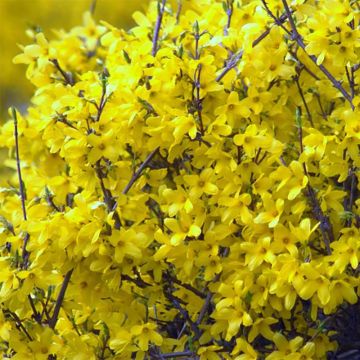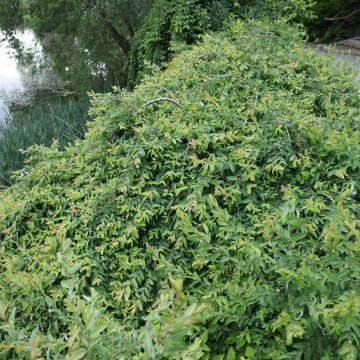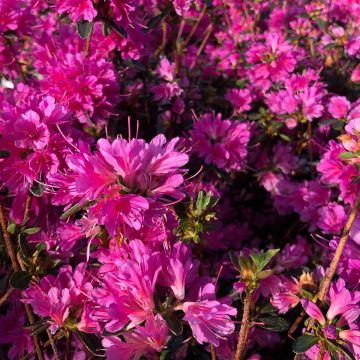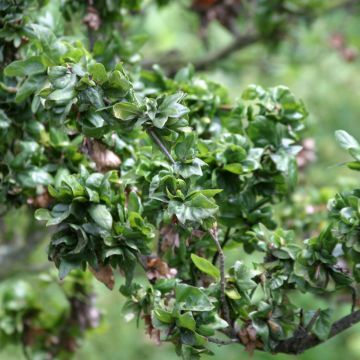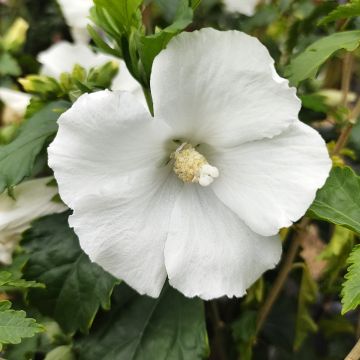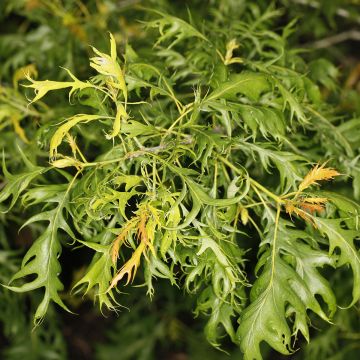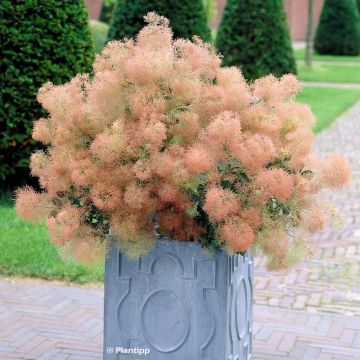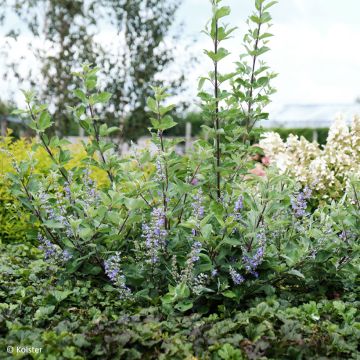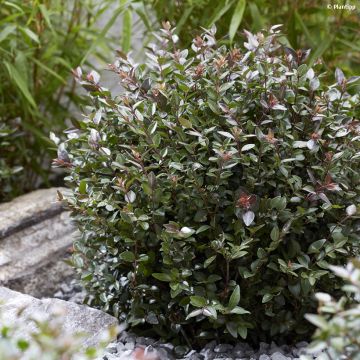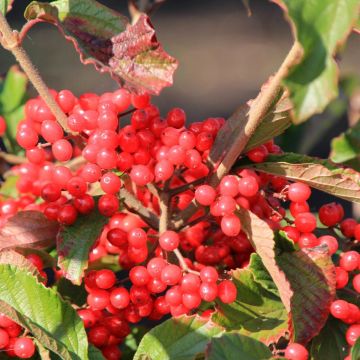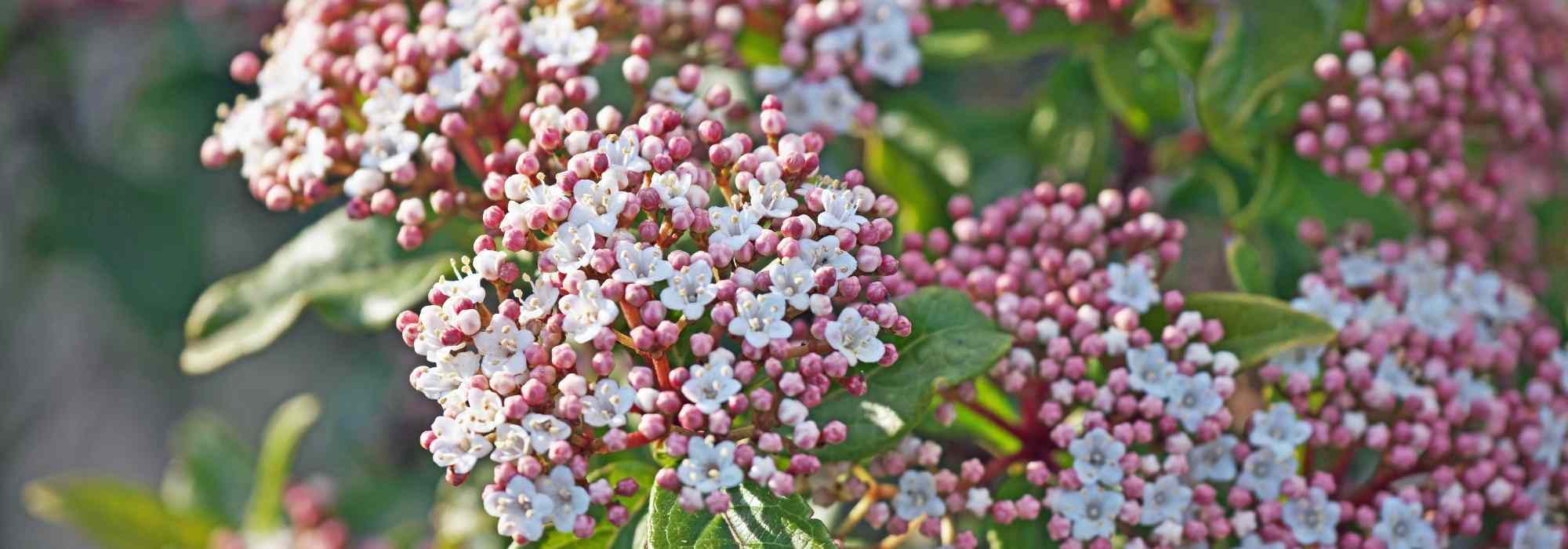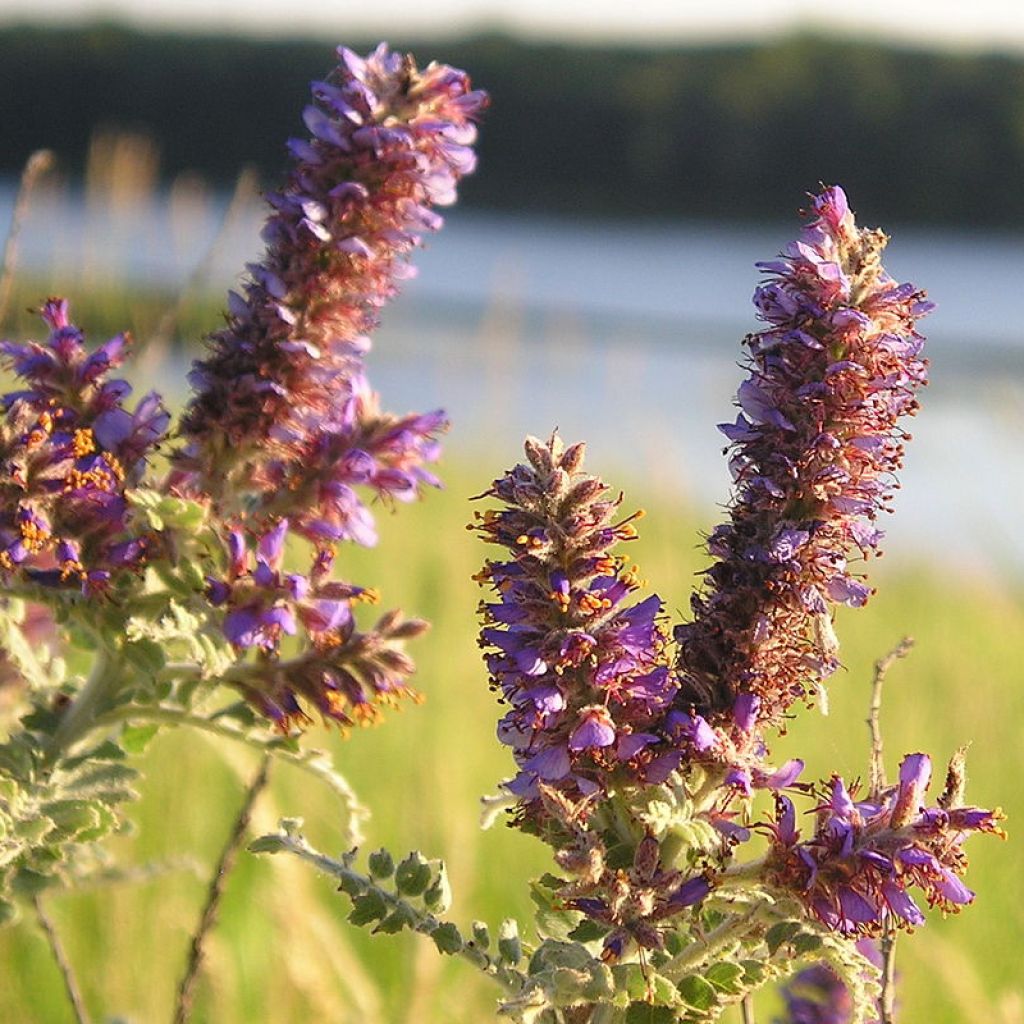

Amorpha canescens
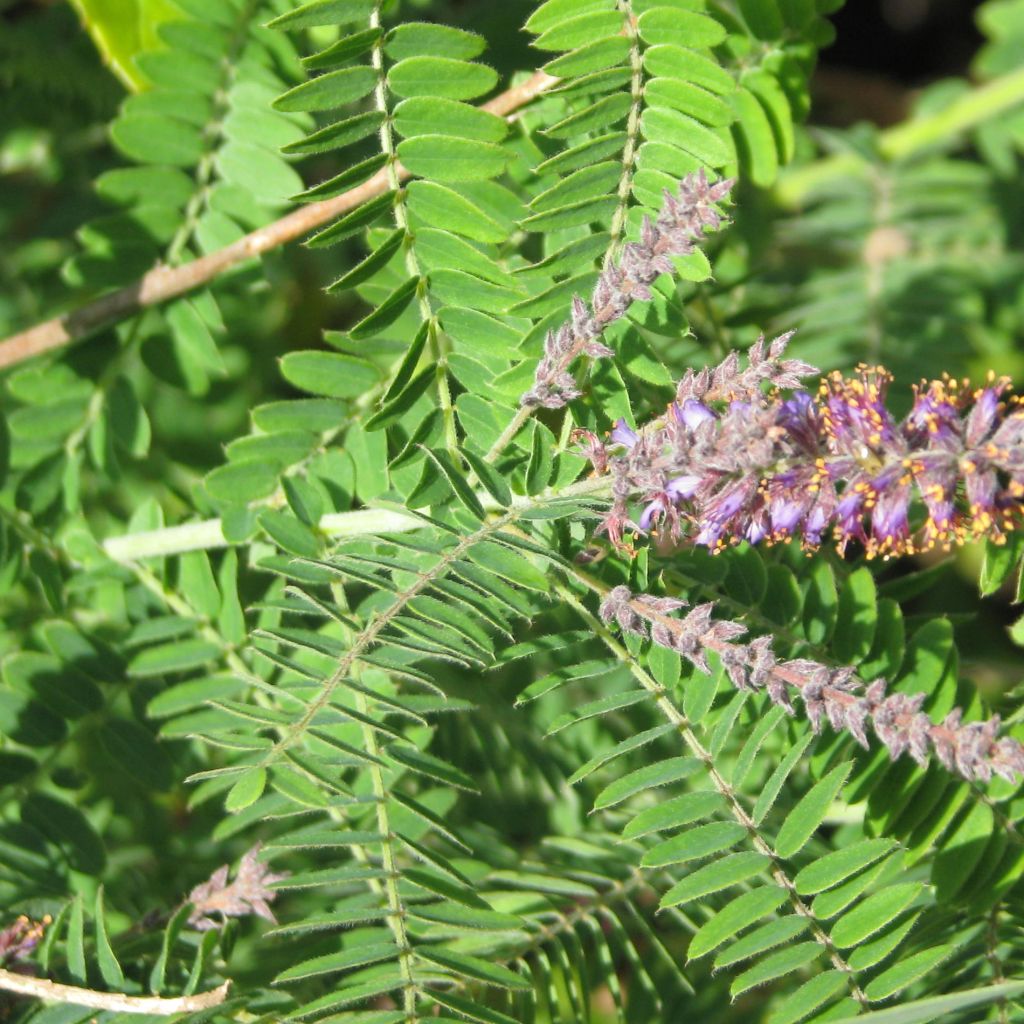

Amorpha canescens
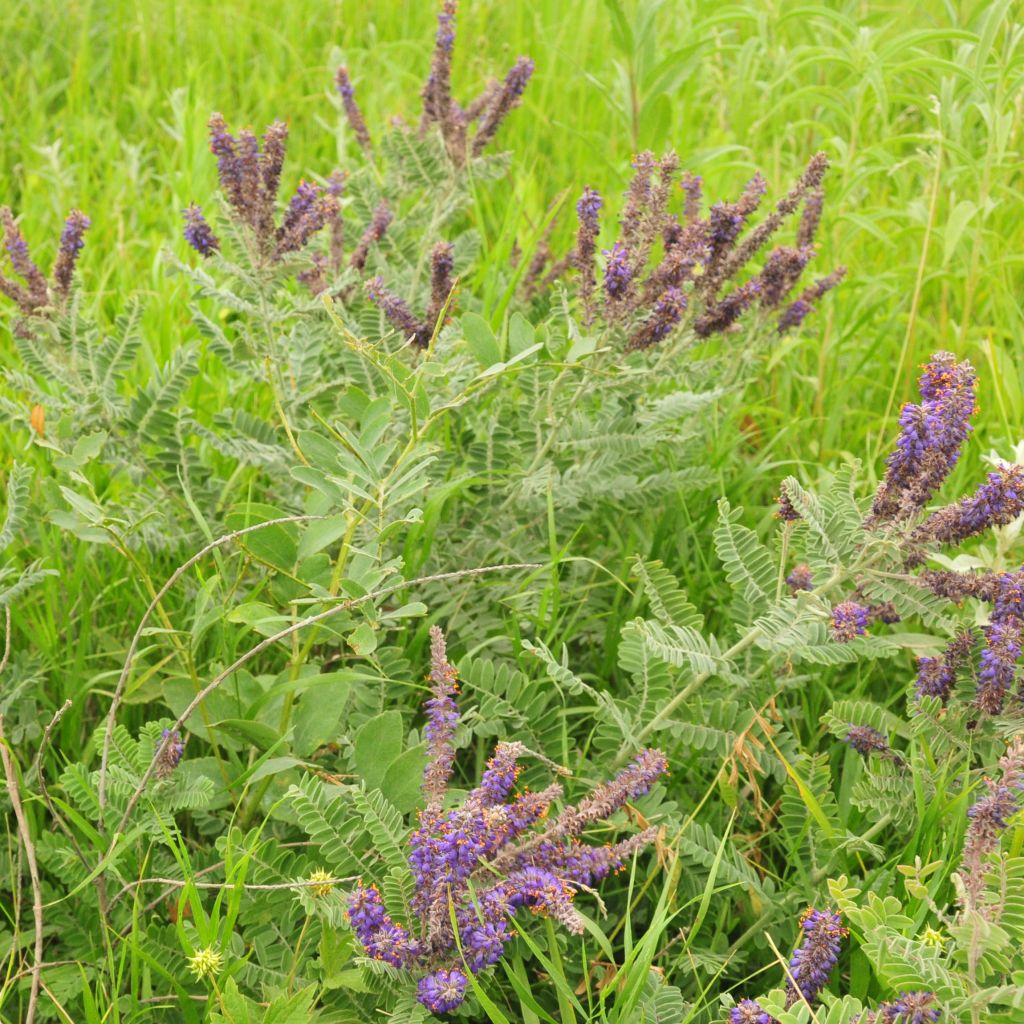

Amorpha canescens
Amorpha canescens
Amorpha canescens
Leadplant, Downy Indigo Bush, Prairie Shoestring
Thanks to the individuals (for order preparation and shipping), the specific research area received appears to be healthy. The young plant received in a bucket looks healthy to me. Planted under a nerium oleander, I am now patiently waiting for it to take root... (or not?).
Thierry, 02/08/2023
Special offer!
Receive a €20 voucher for any order over €90 (excluding delivery costs, credit notes, and plastic-free options)!
1- Add your favorite plants to your cart.
2- Once you have reached €90, confirm your order (you can even choose the delivery date!).
3- As soon as your order is shipped, you will receive an email containing your voucher code, valid for 3 months (90 days).
Your voucher is unique and can only be used once, for any order with a minimum value of €20, excluding delivery costs.
Can be combined with other current offers, non-divisible and non-refundable.
Home or relay delivery (depending on size and destination)
Schedule delivery date,
and select date in basket
This plant carries a 24 months recovery warranty
More information
We guarantee the quality of our plants for a full growing cycle, and will replace at our expense any plant that fails to recover under normal climatic and planting conditions.
Does this plant fit my garden?
Set up your Plantfit profile →
Description
Amorpha canescens is a small bush that thrives in dry and rocky soils, heat, and sun. Still rare, it is now making its way into dry gardens, offering the advantage of flowering in summer, along with very beautiful foliage, at a time of year when gardens can start to look a bit sad after the luxuriance of spring has dried up. This deciduous bush is adorned with unique, alomst sparkling, blooms that are carried in long spikes at the end of the branches. As surprising up close as from afar, they are composed of small blue-violet flowers from which orange stamens gradually emerge, powdered with gold. A precious and very sturdy plant, it requires full sun and a very exposed site to perform at its best.
Amorpha canescens, from the Fabaceae family, is sometimes called false-indigo due to the blue dye that American colonists extracted from the flowers of this plant. It is a cousin of Baptisia australis, another dye plant also called Indigo Lupine. It is native to North America, from Indiana to Minnesota and Manitoba and down to the southern parts of Kansas and New Mexico. It is most often found on dry and sandy or rocky soil. Its foliage falls in autumn.
It is a weakly suckering bush with a loose and open habit, whose young shoots often die in cold climates but which easily regrows from the stump in spring and becomes more and more woody with time. Its growth is fast, reaching about 80 cm (32 in) in height, a little less in width. The foliage is composed of 10 to 50 very small ovate and elongated leaflets (9mm (0.4 in) x 3mm), silver-grey and velvety when opening, becoming grey-green in summer, even more silvery when drought is significant. Flowering occurs from July to September depending on the climate, and lasts about 3 weeks. The flowers, grouped in thin spikes 10-15 cm (4 - 6 in) long, are composed of a single blue-violet petal rolled up, releasing orange stamens with golden yellow pollen. The fruits are pods that persist on the plant throughout winter. The taproot of Amorpha canescens is capable of reaching more than 4m (13 in 1 ft) deep to fetch water. It is not long-lived in humid areas.
The false-indigo is a beautiful plant of dry slopes, hardy down to -20°C (-4 °F), that requires absolutely no maintenance. It is most precious in regions that are very dry in summer, in a border or in a large sunny rockery, in the company of cistus, lavender, rosemary, asphodel, thyme, teucrium, and other Mediterranean plants. It can be combined with Epilobium canum 'Western Hills' and gauras to accompany its flowering period in an unirrigated garden. Its powerful roots also contribute to stabilising slopes in sandy or even chalky soils.
Report an error about the product description
Amorpha canescens in pictures
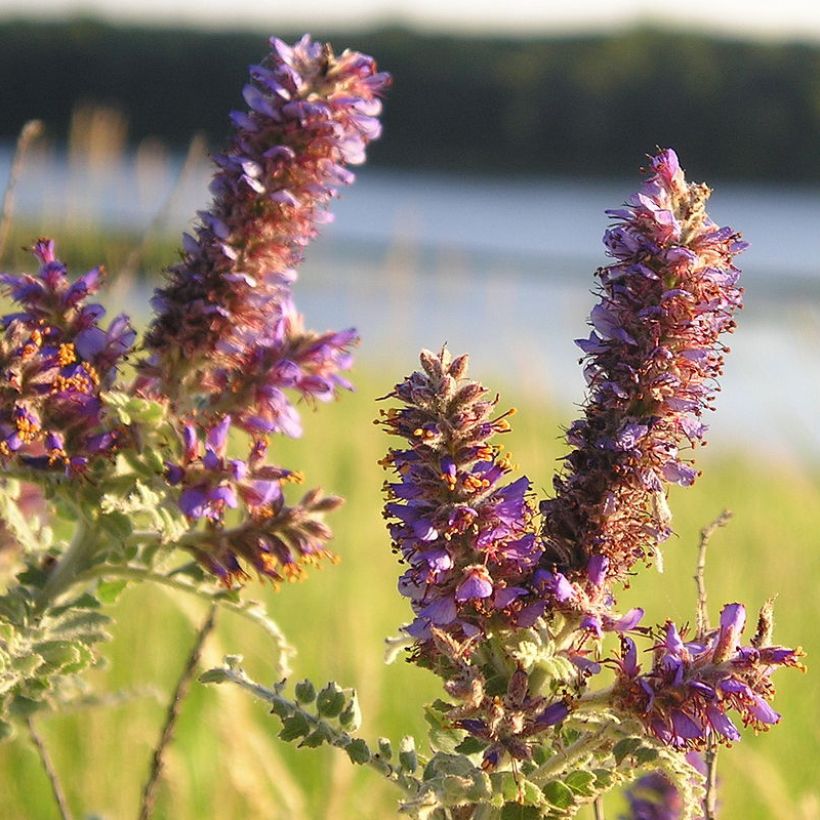

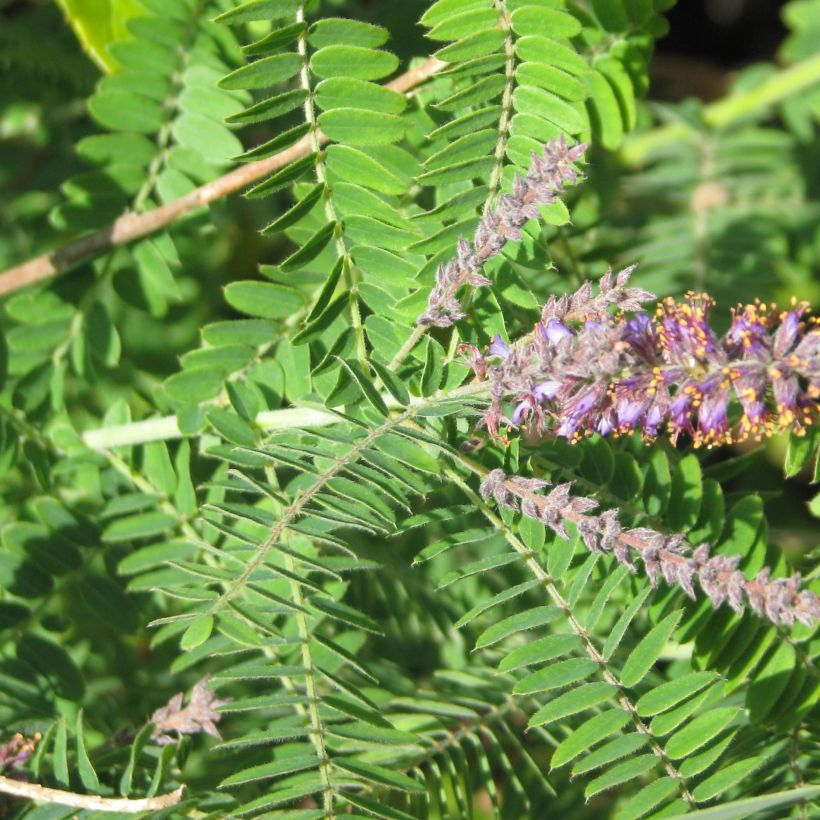

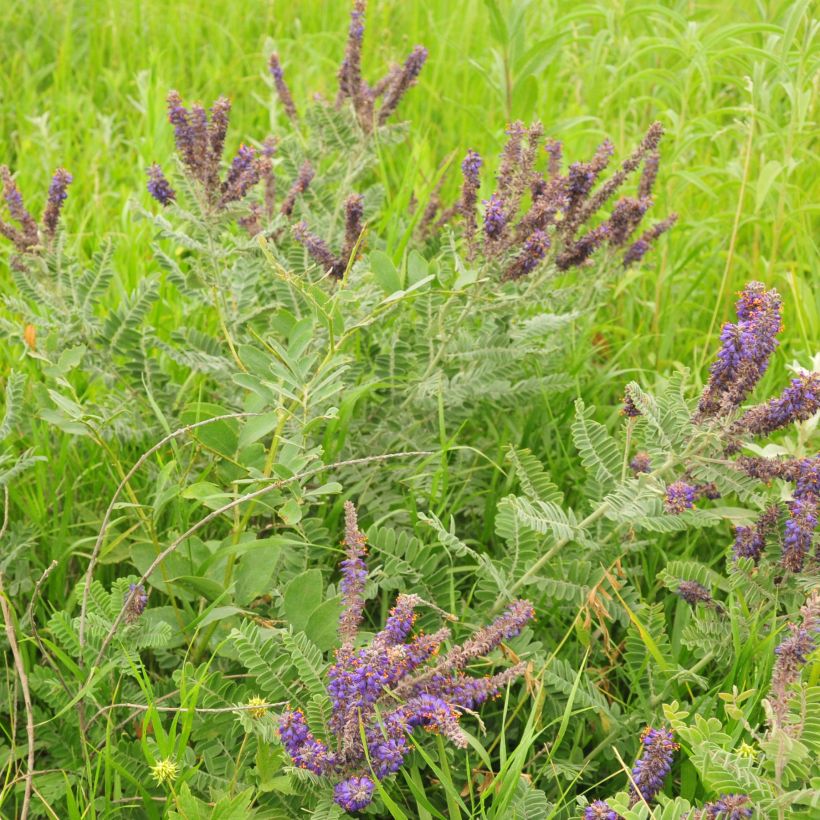

Plant habit
Flowering
Foliage
Botanical data
Amorpha
canescens
Fabaceae
Leadplant, Downy Indigo Bush, Prairie Shoestring
Amorpha brachycarpa
North America
Other Shrubs A to Z
View all →Planting and care
Install Amorpha canescens in full sun, even in a scorching site, in a well-cleared area. The soil should be well-drained, light, sandy or rocky, but still deep enough to accommodate its powerful taproot, which allows it to withstand summer drought remarkably once it is well established. Amorpha canescens is tolerant of chalky soils. This bush lives longer in dry and poor soil than in moist and fertile soil. It requires no maintenance and, once established, does not require any watering in summer. It is not known to have any parasites or diseases. It is an easy-to-grow plant in an unirrigated garden, even in very dry and hot summers.
Planting period
Intended location
Care
Planting & care advice
-
, onOrder confirmed
Reply from on Promesse de fleurs
Haven't found what you were looking for?
Hardiness is the lowest winter temperature a plant can endure without suffering serious damage or even dying. However, hardiness is affected by location (a sheltered area, such as a patio), protection (winter cover) and soil type (hardiness is improved by well-drained soil).

Photo Sharing Terms & Conditions
In order to encourage gardeners to interact and share their experiences, Promesse de fleurs offers various media enabling content to be uploaded onto its Site - in particular via the ‘Photo sharing’ module.
The User agrees to refrain from:
- Posting any content that is illegal, prejudicial, insulting, racist, inciteful to hatred, revisionist, contrary to public decency, that infringes on privacy or on the privacy rights of third parties, in particular the publicity rights of persons and goods, intellectual property rights, or the right to privacy.
- Submitting content on behalf of a third party;
- Impersonate the identity of a third party and/or publish any personal information about a third party;
In general, the User undertakes to refrain from any unethical behaviour.
All Content (in particular text, comments, files, images, photos, videos, creative works, etc.), which may be subject to property or intellectual property rights, image or other private rights, shall remain the property of the User, subject to the limited rights granted by the terms of the licence granted by Promesse de fleurs as stated below. Users are at liberty to publish or not to publish such Content on the Site, notably via the ‘Photo Sharing’ facility, and accept that this Content shall be made public and freely accessible, notably on the Internet.
Users further acknowledge, undertake to have ,and guarantee that they hold all necessary rights and permissions to publish such material on the Site, in particular with regard to the legislation in force pertaining to any privacy, property, intellectual property, image, or contractual rights, or rights of any other nature. By publishing such Content on the Site, Users acknowledge accepting full liability as publishers of the Content within the meaning of the law, and grant Promesse de fleurs, free of charge, an inclusive, worldwide licence for the said Content for the entire duration of its publication, including all reproduction, representation, up/downloading, displaying, performing, transmission, and storage rights.
Users also grant permission for their name to be linked to the Content and accept that this link may not always be made available.
By engaging in posting material, Users consent to their Content becoming automatically accessible on the Internet, in particular on other sites and/or blogs and/or web pages of the Promesse de fleurs site, including in particular social pages and the Promesse de fleurs catalogue.
Users may secure the removal of entrusted content free of charge by issuing a simple request via our contact form.
The flowering period indicated on our website applies to countries and regions located in USDA zone 8 (France, the United Kingdom, Ireland, the Netherlands, etc.)
It will vary according to where you live:
- In zones 9 to 10 (Italy, Spain, Greece, etc.), flowering will occur about 2 to 4 weeks earlier.
- In zones 6 to 7 (Germany, Poland, Slovenia, and lower mountainous regions), flowering will be delayed by 2 to 3 weeks.
- In zone 5 (Central Europe, Scandinavia), blooming will be delayed by 3 to 5 weeks.
In temperate climates, pruning of spring-flowering shrubs (forsythia, spireas, etc.) should be done just after flowering.
Pruning of summer-flowering shrubs (Indian Lilac, Perovskia, etc.) can be done in winter or spring.
In cold regions as well as with frost-sensitive plants, avoid pruning too early when severe frosts may still occur.
The planting period indicated on our website applies to countries and regions located in USDA zone 8 (France, United Kingdom, Ireland, Netherlands).
It will vary according to where you live:
- In Mediterranean zones (Marseille, Madrid, Milan, etc.), autumn and winter are the best planting periods.
- In continental zones (Strasbourg, Munich, Vienna, etc.), delay planting by 2 to 3 weeks in spring and bring it forward by 2 to 4 weeks in autumn.
- In mountainous regions (the Alps, Pyrenees, Carpathians, etc.), it is best to plant in late spring (May-June) or late summer (August-September).
The harvesting period indicated on our website applies to countries and regions in USDA zone 8 (France, England, Ireland, the Netherlands).
In colder areas (Scandinavia, Poland, Austria...) fruit and vegetable harvests are likely to be delayed by 3-4 weeks.
In warmer areas (Italy, Spain, Greece, etc.), harvesting will probably take place earlier, depending on weather conditions.
The sowing periods indicated on our website apply to countries and regions within USDA Zone 8 (France, UK, Ireland, Netherlands).
In colder areas (Scandinavia, Poland, Austria...), delay any outdoor sowing by 3-4 weeks, or sow under glass.
In warmer climes (Italy, Spain, Greece, etc.), bring outdoor sowing forward by a few weeks.






























